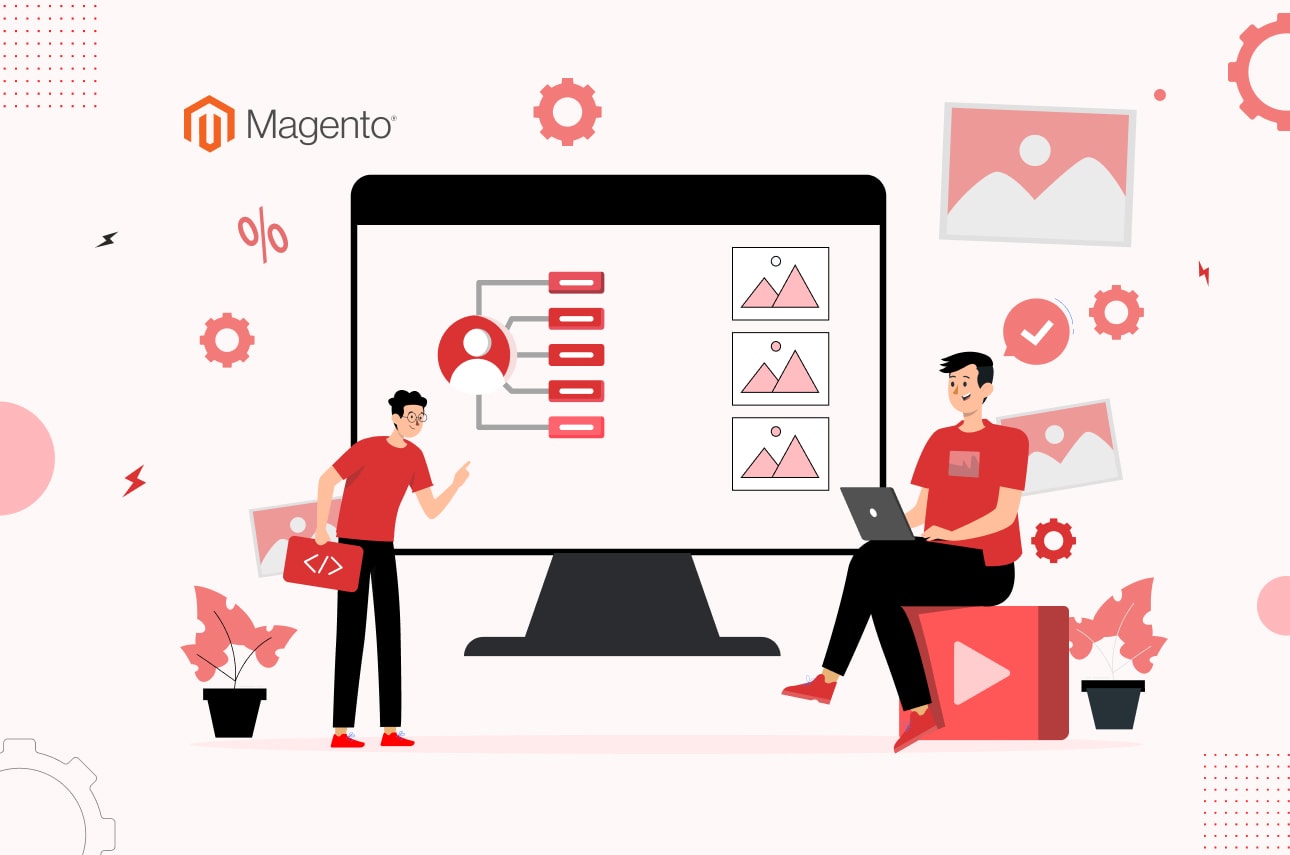Introduction
In the digital era, personalized experiences are not just a luxury – they’re a necessity. Imagine walking into a store where every product on display is tailored to your taste, and every offer feels like it’s been crafted just for you. Now, switch that experience to the online world.
That’s the promise of Magento 2 customer segmentation and personalization. By segmenting & personalizing the online shopping journey, businesses can engage customers in a more meaningful and targeted manner, mirroring the feeling of that perfectly curated in-store experience.
For instance, visualize an online store that regularly caters to a diverse customer base ranging from tech enthusiasts to fashion aficionados. By deploying Magento 2’s robust segmentation tools with help of top Magento development agency, this store can deliver a tech-savvy interface to the former and a trendy, fashion-forward layout to the latter, all in real-time.
This level of personalization not only enhances the user’s shopping experience but also increases the likelihood of conversions.
But mastering this sophisticated level of personalization, where every interaction feels bespoke, requires more than just technology. It demands a deep understanding of Magento 2’s features, an expertise in implementing them, and a vision to harness them for maximum impact.
Journey with us as we delve deep into the world of Magento 2 customer segmentation, exploring its quality benefits and transformative potential for ecommerce enterprises.
Let’s dive in and unravel the secrets to creating those memorable, tailored online shopping experiences.








